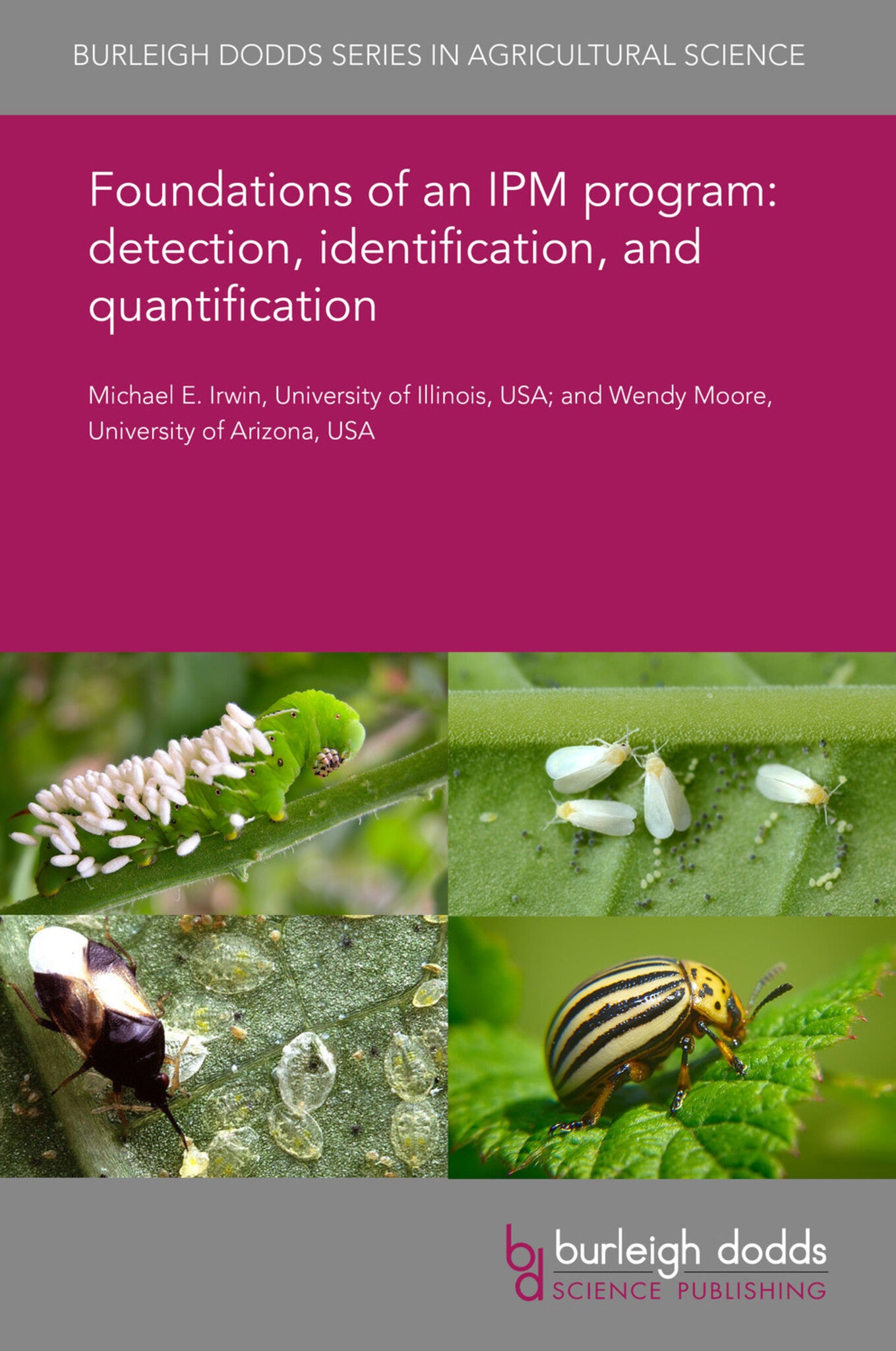We're sorry. An error has occurred
Please cancel or retry.
Foundations of an IPM program: detection, identification, and quantification
Regular price
£25.00
Sale price
£25.00
Regular price
£25.00
Unit price
/
per
Sale
Sold out
Re-stocking soon
Integration of pest management efforts based on advanced technologies and multiple pest assessments in multi-field and areawide venues has led to a host of sophisticated approaches that continue to...
Read More

Some error occured while loading the Quick View. Please close the Quick View and try reloading the page.
Couldn't load pickup availability
- Format:
-
28 October 2019

Integration of pest management efforts based on advanced technologies and multiple pest assessments in multi-field and areawide venues has led to a host of sophisticated approaches that continue to shape the discipline of integrated pest management (IPM). From the initial efforts, the concept of pest control has evolved into an established ecological, economic, and sociological paradigm. This chapter describes the bedrock components of IPM, pertinent to managing annual and perennial fruit, grain, vegetable, and greenhouse crops, as well as ornamentals. Although emphasis is placed on recently formulated and emerging technologies and their current and future impacts on the two foundational IPM components, the chapter also examines the status quo and provides insight into the constraints imposed by the state of technology and by society at large. Finally, the chapter looks ahead to future trends in this area.

Price: £25.00
Publisher: Burleigh Dodds Science Publishing
Imprint: Burleigh Dodds Science Publishing
Series: Burleigh Dodds Series in Agricultural Science
Publication Date:
28 October 2019
ISBN: 9781838799366
Format: eBook
BISACs:
TECHNOLOGY & ENGINEERING / Pest Control, Pest control / plant diseases, TECHNOLOGY & ENGINEERING / Agriculture / Agronomy / Crop Science, TECHNOLOGY & ENGINEERING / Agriculture / Sustainable Agriculture, Insects (entomology), Sustainable agriculture, Agronomy and crop production

1 Introduction 2 Detection and identification 3 Bioinformatics 4 The DNA transformation 5 Quantifying target organisms 6 Future trends and conclusion 7 Acknowledgements 8 References



